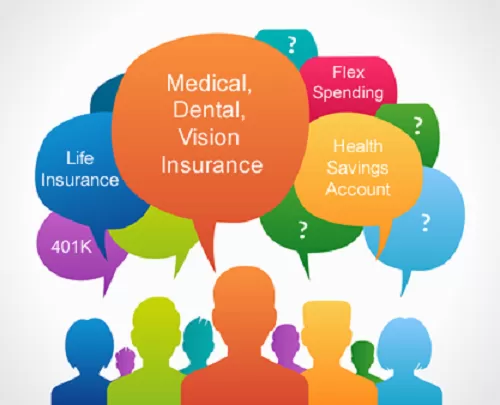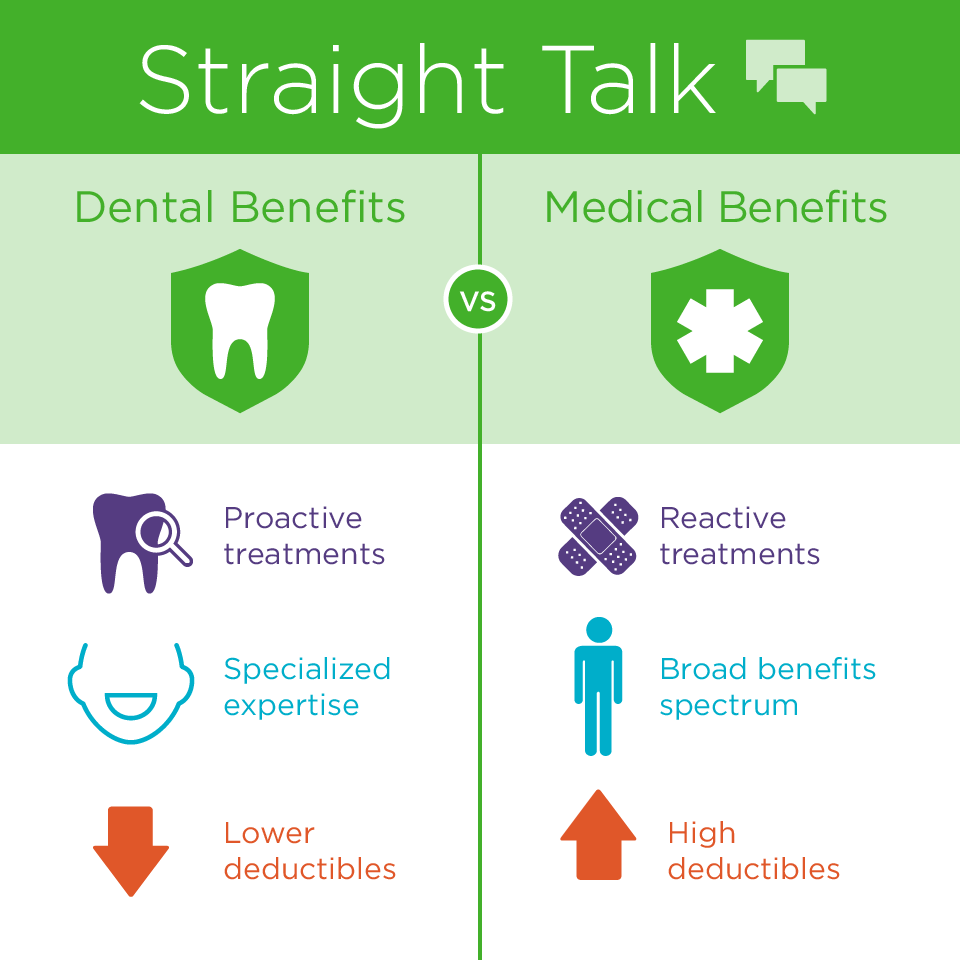The Best Guide To Medicare Advantage Agent
Medicare Advantage Agent Fundamentals Explained
Table of ContentsMedicare Advantage Agent for BeginnersAbout Medicare Advantage AgentGetting The Medicare Advantage Agent To Work

adheres to from perplexing the fairly young age profile of the uninsured with the better wellness, typically, of younger persons. This covers the link in between health standing and health and wellness insurance. For those without access to workplace health and wellness insurance policy, inadequate health is a possible barrier to purchasing nongroup protection due to the fact that such protection might be highly valued, exclude preexisting conditions, or be merely not available. The variety of uninsured Americans is not specifically large and has not altered in recent times. Seven out of 10 respondents in a country wide depictive survey believed that less Americans lacked health and wellness insurance coverage than really do(Fronstin, 1998). Roughly fifty percent(47 percent )believed that the variety of individuals without health insurance coverage decreased or stayed continuous over the last half of the last decade(Blendon et al., 1999). This decrease of almost 2 million in the number of people 'without insurance coverage (a reduction
of around 4 percent)is definitely a favorable adjustment. With a softer economy in 2000 the current reported gains in insurance coverage might not proceed(Fronstin, 2001 ). The decrease in the number of uninsured will not proceed if the economy stays sluggish and healthcare prices proceed to outmatch inflation. This is because the data were collected for a period of strong economic performance. Of the estimated 42 million individuals that were uninsured, just about concerning 420,000(concerning 1 percent)were under 65 years old, the age at which most Americans come to be qualified for Medicare; 32 million were grownups between ages 18 and 65, around 19 percent of all grownups in this age team; and 10 million were children under 18 years of age, about 13.9 percent of all children (Mills, 2000). These price quotes of the number of persons without insurance are created from the annual March Supplement to the Current Populace Study (CPS), performed by the Demographics Bureau. Unless or else noted, national quotes of people without health insurance policy and percentages of the populace with various type of protection are based on the CPS, the most widely used resource of quotes of insurance protection and uninsurance prices. These studies and the price quotes they generate are described briefly in Table B. 1 in Appendix B - Medicare Advantage Agent. These studies vary in size and tasting methods, the questions that are inquired about insurance
All about Medicare Advantage Agent
coverage, and the moment period over which insurance policy coverage or uninsurance is determined(Lewis et al., 1998, Fronstin, 2000a ). Still, the CPS is especially beneficial due to the fact that it creates yearly quotes relatively swiftly, reporting the previous year's insurance protection estimates each September, and since it is the basis for a regular collection of quotes for even more than twenty years, permitting evaluation of fads in coverage in time.

About Medicare Advantage Agent
The partnership between wellness insurance coverage and access to care is well established, as documented later on in this chapter. The relationship between health and wellness insurance and wellness results is neither straight neither basic, a substantial professional and health and wellness solutions research study literature links health insurance coverage
to improved better accessibility care, better far betterHigh quality and improved personal and population health health and wellnessCondition The 2nd record, on personal health and wellness results for uninsured grownups, is represented by the innermost circle of the number, while the 3rd report, on family members wellness, incorporates the subjects of the 2nd report however stresses a various unit of evaluation, specifically, the family.
It focuses particularly on those without any kind of wellness insurance coverage for any kind of length of time. The problems faced by the underinsured remain in some aspects comparable to those dealt with by the without insurance, although they are normally much less severe. Uninsurance and underinsurance, however, entail clearly various plan issues, and the techniques for addressing them may differ. view it Throughout this study and the 5 reports to adhere to, the major emphasis is on persons with no wellness insurance policy and hence no assistance in paying for healthcare beyond what is available with charity and safety web organizations. Medical insurance is a powerful element influencing receipt of treatment since both individuals and doctors react to the out-of-pocket rate of solutions. Medical insurance, nonetheless, is neither required neither adequate to obtain access to clinical services. Nonetheless, the independent and straight impact of wellness
insurance protection on accessibility to health and wellness services is well established. Others will certainly obtain the wellness treatment they need also without medical insurance, by spending for it out of pocket or seeking it from suppliers who offer treatment totally free or at extremely subsidized rates. For still others, health insurance policy alone does not make sure receipt of care due to other nonfinancial obstacles, such as a lack of healthcare carriers in their community, limited accessibility to transportation, illiteracy, or etymological and social distinctions. Official research concerning uninsured populaces in the United States dates to the late 1920s and very early 1930s when the Committee on the Price of Healthcare produced a collection of reports concerning financing physician office gos to and hospital stays. This issue came to be salient as the numbers of clinically indigent climbed up during the Great Depression. Empirical research studies consistently support the link in between access to care and enhanced health and wellness end results(Bindman et al., 1995; Starfield, 1995 ). Having a routine source of care can be thought about a forecaster of gain access to, as opposed to a straight procedure of it, when health end results are themselves utilized as access indicators. This extension of the notion of gain access to dimension was made by the IOM Board on Keeping An Eye On Accessibility to Personal Health Treatment Solutions(Millman, 1993, p. Whether parents are insured shows up to affect whether or not their kids receive treatment in addition to how much careeven if the children themselves have protection(Hanson, 1998). The wellness of parents can affect their ability to look after their children and the degree of family members stress. Bothering with their children's accessibility to care is itself a resource of tension for moms and dads. Three phases follow in this report. Phase 2 supplies an overview of how employment-based medical insurance, public programs and private insurance plans run and engage to give comprehensive but incomplete insurance coverage of the united state population. This includes an evaluation of historical trends and public plans influencing both public and private insurance coverage, a discussion of the communications amongst the different kinds of insurance policy, and an exam of why people move from one program to an additional or wind up
